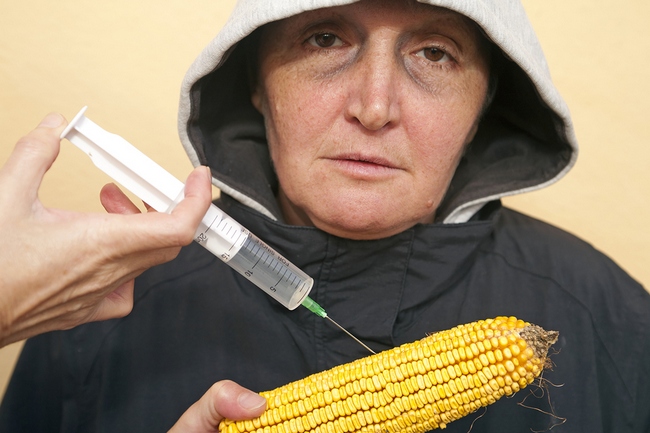- Make It Yourself Lavender Heart-Shaped Bath Bombs!
- 20 Things You Never Knew About “Down There”
- 12 Best Foods For Those Suffering From Arthritis Pain
- 12 Personal Hygiene Mistakes Almost Everyone Makes (Mom Never Told You About #4!)
- 15 Medicinal Plants And Herbs From The Cherokee People
- 12 Mind-Blowing Benefits Of Drinking Coconut Water During Pregnancy
- 12 Outstanding Winter Foods That Won’t Fatten You Up Like A Christmas Turkey
The Lies We are Told about Pesticides

Photo credit: bigstock.com
The ‘Regulatory Authorities are in Control’ Lie
Again, most Americans are very trusting of our government and the regulatory authorities that are supposed to be protecting us. We assume that there will be no conflict of interest, and that we can trust them.
Well, if GMOs and fluoride are any indication of the type of job they are doing, America is in serious trouble, friends. All sorts of regulatory authorities simply ignore hundreds of reliable published studies showing the terrible effects some of these pesticides have on human health. Many of the “safe residue levels” that are listed on a pesticide label are nothing more than the data-free assumptions we mentioned above. Those levels have never been tested and they are only assumed to be safe levels.
Why is it that many chemicals, atrazine for example, are banned in Europe, because studies show that it’s dangerous, but Australia and the United States suddenly say that it is safe to use as directed? A study published in 2009 by the Environmental Working Group showed that 232 chemicals are found in the placental cord blood of newborn babies in America. Absolutely no action has been taken after the publication of that study. Read more about shocking 10 foods Amerecans eat that are banned in other countries.
The Organic Low Yield Lie
Although this isn’t a lie about pesticide use, companies that make pesticides like to encourage these types of lies in order to promote their products. The belief that organic farming is somehow less efficient, and therefore produces lower amounts of food, simply isn’t true. Organic farmers obtain the same yields as conventional farmers, which tell us that we don’t need chemicals to make more food.
It’s important to note that organic farming also protects the health of the soil and groundwater sources, something conventional farming can never do.
We need to shift the way that we obtain funds for research funding. As of this article, only 4 dollars from every 1,000 dollars that is spent in agriculture is spent on solutions for organic farming. With the science we have now, we can shift our research away from GMO and more pesticides towards more organic farming practices.
One way to do this is to demand organic food at every opportunity. Consumer demand fuels the world, friends, so vote with your wallet, and vote organic every single time.
You can also grow your own organic food garden. Be aware, however, that even some of the “natural non-toxic” pesticides for sale in your local garden center might not be as safe as you think. Boric acid, for example, a chemical derived from a natural mineral, boron, might seem safe, but just a teaspoon of boric acid can kill an infant. Another popular botanical insecticide, Rotenone, is toxic to fish and recently has been suspect of being involved in the development of disease in humans. For a small family garden, hand picking to remove larger insects or a mixture of soap and water is usually all that is needed to kill most garden pests.

































